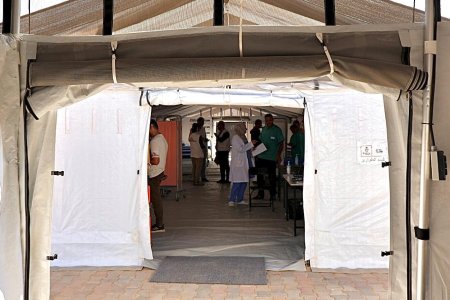 Nour Alsaqqa
News in brief
Nour Alsaqqa
News in brief
humanitarian medicine
 Nour Alsaqqa
News in brief
Nour Alsaqqa
News in brief
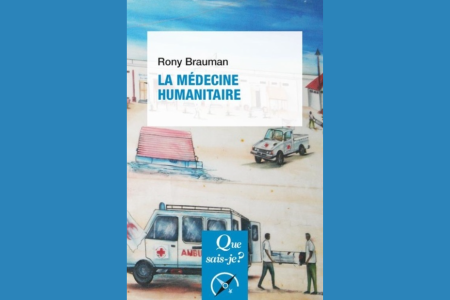 Frederic Noy
Book
Frederic Noy
Book
Humanitarian Medicine
02/01/2009Humanitarian medicine is intented for marginalized people, hit by a crisis or deprived of access to medical care. This book helps us understand how the specificity of humanitarian medicine stems from real-life situations, more than from the medical act in itself.
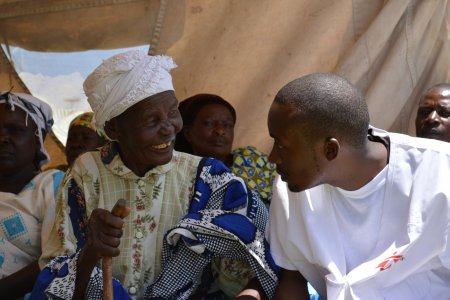 Jean-Christophe Nougaret/MSF
Analysis
Jean-Christophe Nougaret/MSF
Analysis
About the possibility of controlling an HIV epidemic hotspot
11/14/2021This article was first released in the 18th volume of the Humanitarian Alternatives magazine. Designed to reduce the incidence of HIV/AIDS in a Kenyan district, a Médecins Sans Frontières project successfully exceeded the “90-90-90” target set by UNAIDS. A look back on the results that the authors of this article - Pierre Mendiharat, Deputy director of operations at MSF France and Léon Salumu Luzinga, Program manager at MSF France, interviewed by Elba Rahmouni - believe are encouraging but by no means a guarantee that the epidemic will be over by 2030.
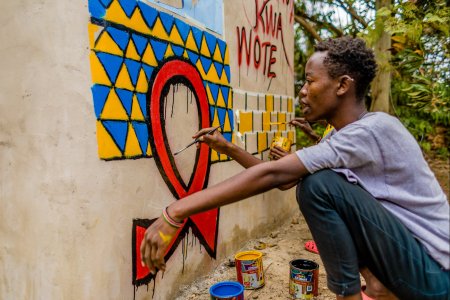 Bryan Jaybee
Cahier
Bryan Jaybee
Cahier
Representations of HIV and impact on care seeking among the men of Homa Bay, Kenya
06/09/2020This study, conducted among the men of Homa Bay in Nyanza Province, Kenya, assesses the representations of HIV and impact on care seeking. It reveals that simply setting up a testing or care campaign does not necessarily mean that the entire population will participate; the message has to be tailored to the target population and fine-tuned even within that population.
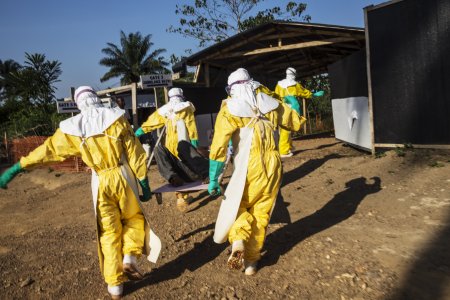 Anna Surinyach
Cahier
Anna Surinyach
Cahier
Médecins Sans Frontières and medical quality
01/01/2017The question of quality in the work of Médecins Sans Frontières has been asked from the very beginning of MSF's existence. On the one hand, the issue of improving the quality of practice is a part of ordinary professional activity; on the other hand, Médecins Sans Frontières' work involved working in distant lands and very specific environments, which demanded adjustments to medical practice as a result.
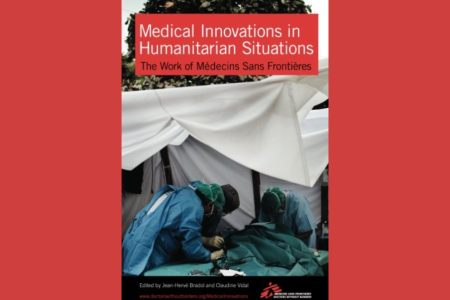 MSF-Crash
Book
MSF-Crash
Book
Medical Innovations in Humanitarian Situations
10/01/2011Medical Innovations in Humanitarian Situations explores how the particular style of humanitarian action practiced by MSF has stayed in line with the standards in scientifically advanced countries while also leading to significant improvements in the medical care delivered to people in crisis.
